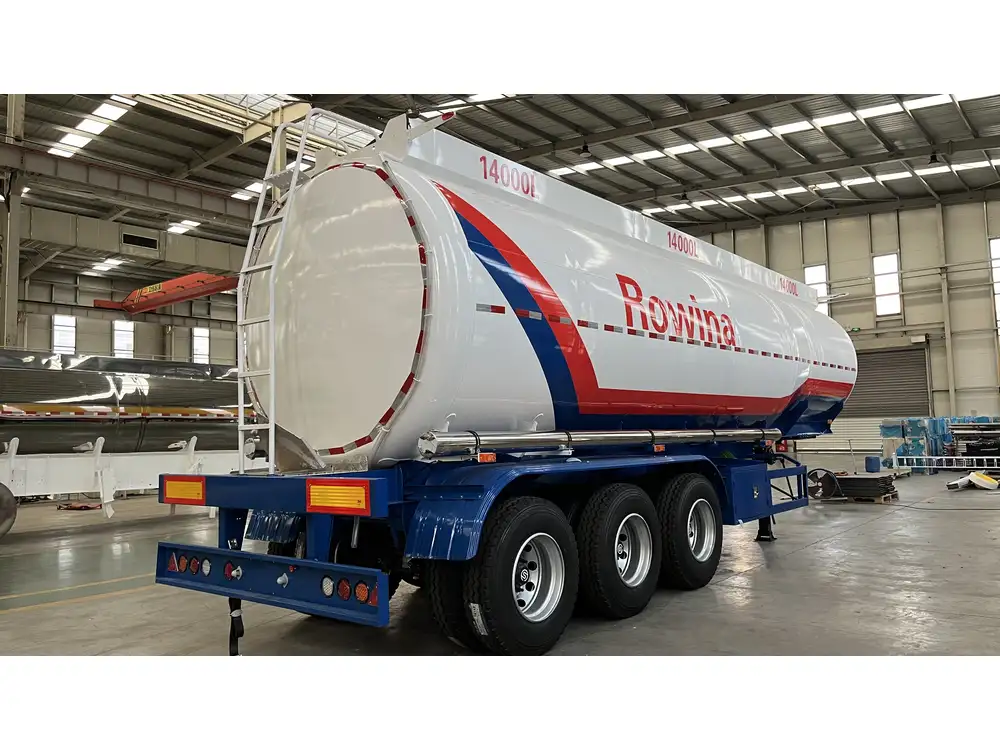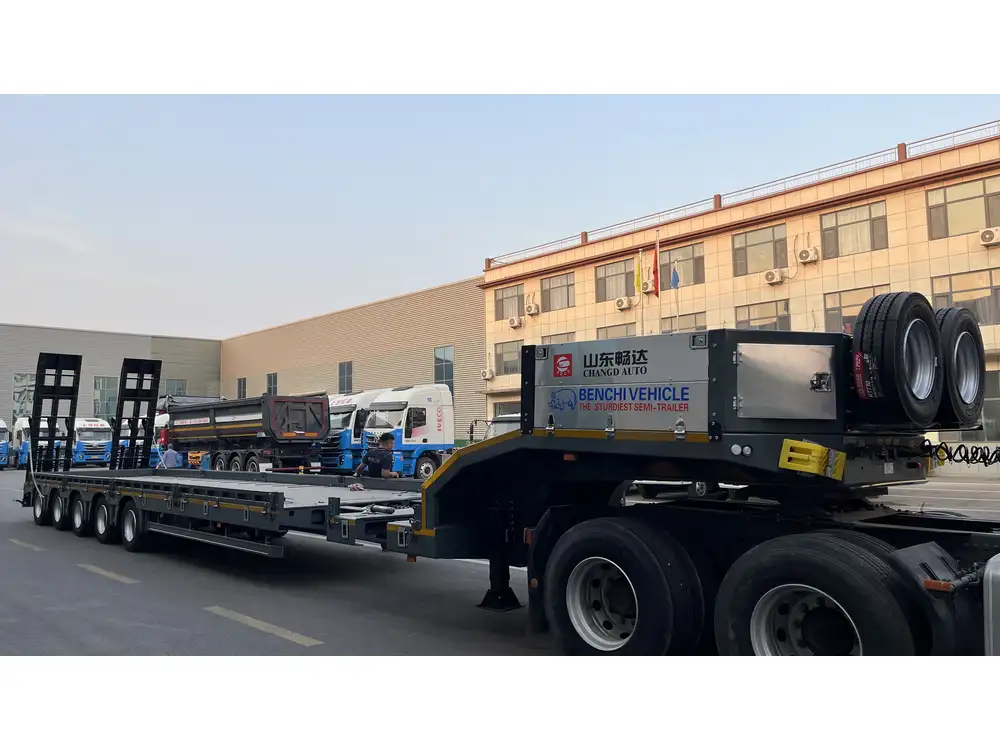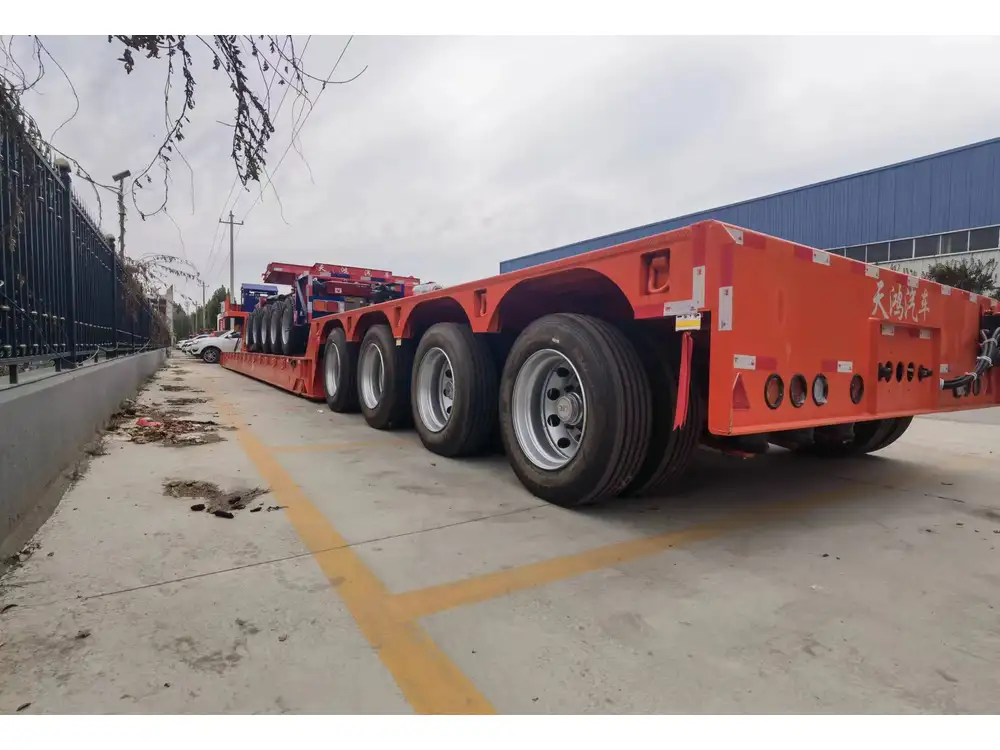In the world of cattle transportation, one crucial question often arises: how many cows can fit in a semi-trailer? Understanding the answer requires a detailed examination of various factors including the type of cattle, trailer dimensions, weight restrictions, and regulations governing livestock transport. This comprehensive guide aims to provide a clear picture of optimizing space while ensuring the well-being of the animals.
Understanding Semi-Trailer Specifications
Standard Sizes of Semi-Trailers
Semi-trailers come in different lengths, but the most common configurations for livestock transportation are:
| Type | Length | Width | Height |
|---|---|---|---|
| Standard Livestock | 48-53 ft | 8.5 ft | 13.5 ft |
| B-Train Livestock | 50 ft | 8.5 ft | 13.5 ft |
| Double Deck | 48-53 ft | 8.5 ft | 13.5 ft |
Note: Regulatory dimensions vary by state and country.

Trailer Capacity Calculations
To determine how many cows can fit into a semi-trailer, several factors must be analyzed, including:
Space Required Per Cow: On average, adult cattle require about 12-14 square feet of space each when standing. When assessing how tightly you can pack them, you must also consider their comfort and movement for unloading and loading.
Weight Considerations: The maximum weight capacity for a typical semi-trailer is roughly 40,000 to 50,000 pounds, depending on the configuration and local regulations. Knowing the average weight of the cattle you are transporting is essential for calculating the feasible amount you can load onto your trailer.
Flooring and Design: The flooring of the trailer often dictates how many cows can be transported as it should support the weight efficiently while allowing for proper drainage.
Calculating Cattle Capacity
Taking an example of a typical livestock semi-trailer, let’s say:
- Dimensions: 53 feet long, 8.5 feet wide
- Cow Space Requirement: 12 square feet per cow
- Surface Area of Trailer:
- Total Floor Area = Length × Width = 53 ft × 8.5 ft = 450.5 sq ft
Using this:
- Cows per Trailer: 450.5 sq ft ÷ 12 sq ft/cow ≈ 37 cows
This calculation assumes optimal conditions, which might not always reflect real-life scenarios.
Factors Influencing Cattle Capacity

Cow Size and Breed
Different breeds of cattle vary considerably in size. Here’s a quick overview of some common breeds and their average weights:
| Breed | Average Weight |
|---|---|
| Holstein | 1,500 lbs |
| Angus | 1,200-1,800 lbs |
| Hereford | 1,200-1,600 lbs |
| Jersey | 800-1,000 lbs |
Implications of Breed on Capacity
Taking breed into account, larger breeds like Holsteins will reduce the overall number of animals able to be transported within a standard semi-trailer due to higher weight and space requirements.
Regulatory Requirements
In various regions, laws regulate the humane treatment of animals during transportation. Some pivotal regulations to consider include:
Space Requirements: Laws may dictate the minimum amount of space animals must have. In the U.S., for example, the Animal Welfare Act outlines specific criteria for the movement of livestock.
Travel Time: Extended travel times mandate stops for rest and feeding, which indirectly influences how many cows can be transported.

Health and Comfort Considerations
Beyond packing in as many cows as possible, there are health risks associated with overcrowding:
Stress Levels: Overcrowding can significantly elevate stress among cows, impacting their health and possibly leading to injury.
Airflow: Proper ventilation is crucial. An overcrowded trailer may impede airflow, increasing the risk of overheating and respiratory problems.
Optimizing Load for Maximum Efficiency
Techniques for Efficient Loading
To maximize the number of cows transported while adhering to safety and health standards:
Mixed Loading: Combine different size classes of cattle in the same load. For instance, loading smaller animals or calves in such a way that they fit snugly into available spaces can help optimize load efficiency.
Weight Balancing: Ensure that the weight is evenly distributed across the semi-trailer for safe transportation. Uneven loading can lead to significant handling issues.

Technology Integration
Modern technology can play a substantial role in optimizing cattle transport:
Loading Software: Use specialized software designed to calculate optimum load configurations based on the size and weight of the cattle and the trailer.
GPS Tracking: Implementing tracking systems can help monitor the conditions during transport to ensure compliance with regulations and animal well-being.
Real-World Applications: Case Studies
Scenario 1: Transporting Holsteins
A semi-trailer measuring 53 feet and used to transport Holsteins can realistically accommodate approximately 30-33 cows, taking into account their larger size and resulting space requirements.

Scenario 2: Mixed Breeds
Using a mixed approach with smaller breeds like Jerseys allows for a potential increase in capacity. A calculated load may include:
- 20 Holsteins (1,500 lbs each)
- 15 Jerseys (900 lbs each)
This equates to transporting about 35 cows if space allows and weight regulations are respected.
Conclusion
When asking, “How many cows can you fit in a semi-trailer?”, the answer is complex and dependent on multiple factors, including trailer dimensions, cow breed, regulatory requirements, and health considerations. Proper calculations and an understanding of best practices can mean the difference between a successful, efficient transport and one fraught with issues.
Ultimately, maintaining animal welfare while optimizing transportation logistics is not just a moral imperative but also a practical strategy for any manufacturer looking to thrive in the competitive livestock transport industry. By employing technology and adhering to best practices, manufacturers can maximize efficiency and ensure that their cattle arrive in a healthy state, ready for the next phase of their journey — be it to market, feedlot, or breeding facility.



